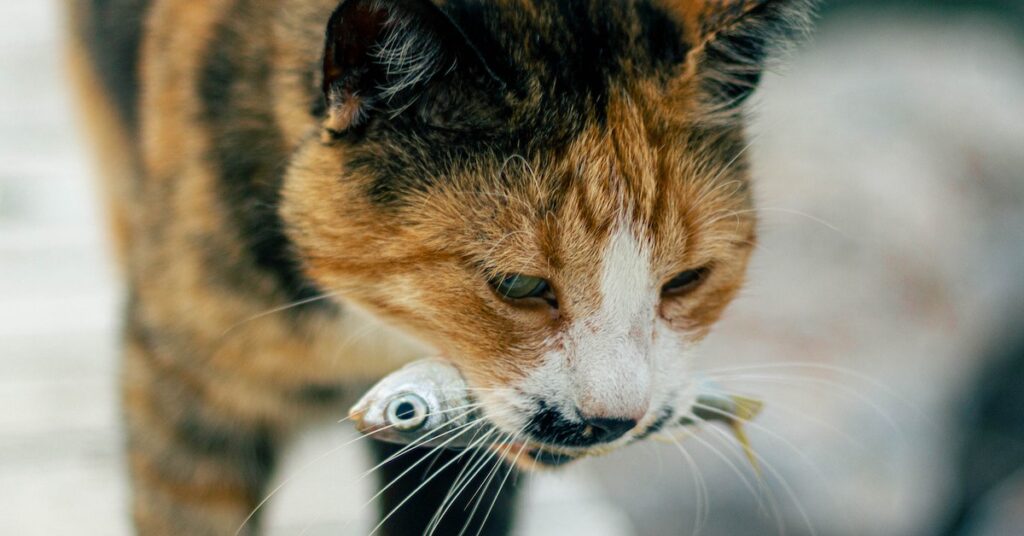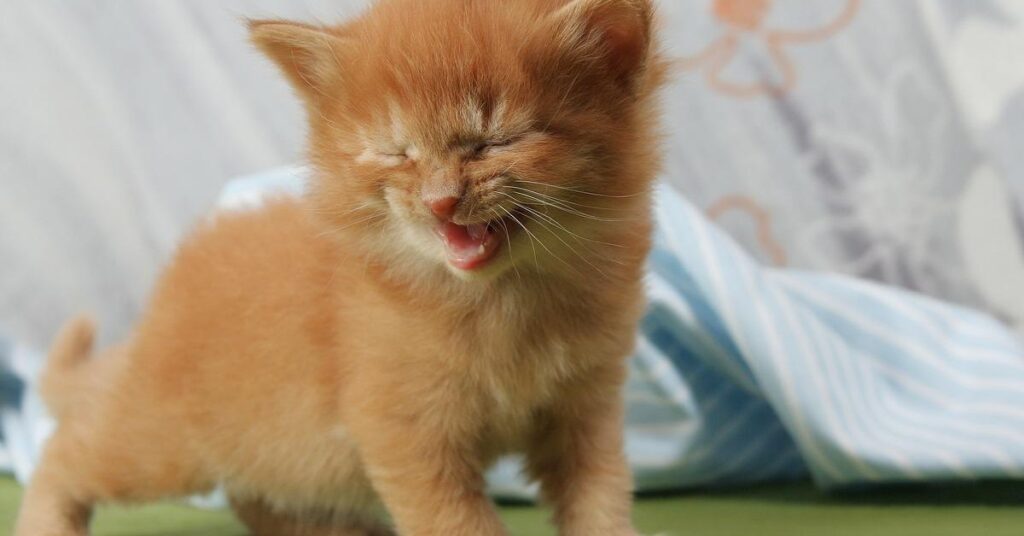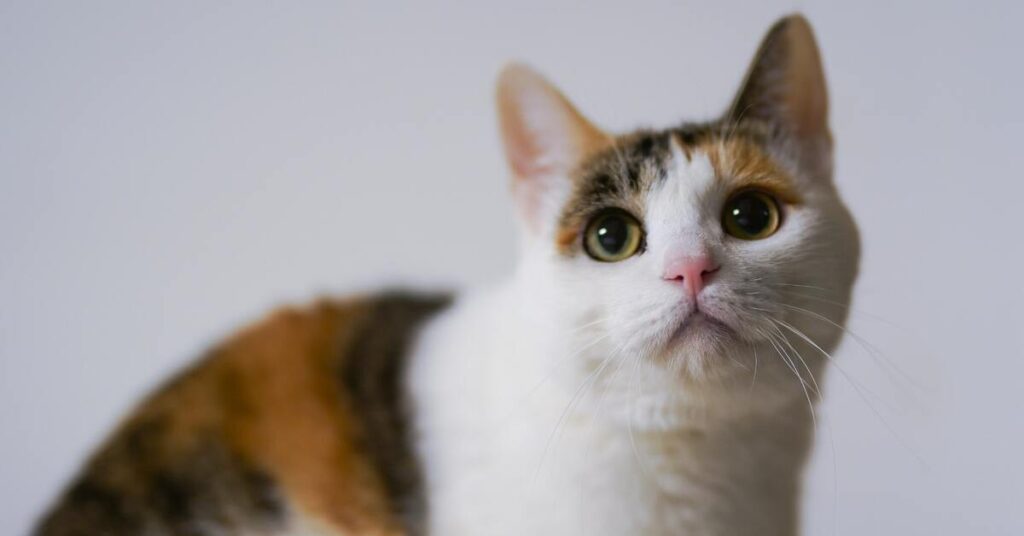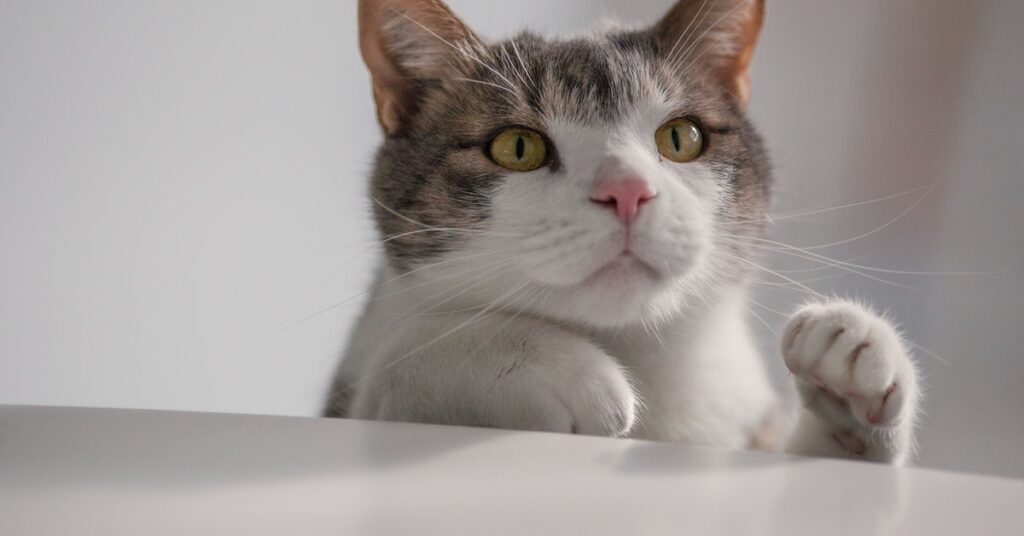Chicken is a popular food choice for cats, but it is not always better for their health. While raw chicken is toxic to cats, canned fish is a much safer option. Fish, including salmon, is an excellent source of iodine and healthy unsaturated fats.
Raw chicken is a toxic food for cats
While the benefits of raw chicken for cats may seem to outweigh the risks, the Centers for Disease Control and Prevention and the Center for Veterinary Medicine strongly recommend against feeding your cat raw chicken. Studies show that raw chicken may contain bacteria and lead to an increased risk of salmonella and other bacterial infections. Cats’ stomachs are also immature and may not process chicken properly.
In addition to being low in nutrients, raw chicken does not have enough of the essential amino acid taurine, which cats need for proper health. Taurine can help prevent hair loss and maintain a healthy reproductive system. Additionally, raw chicken can lead to food poisoning, which is particularly dangerous for cats because their digestive tracts are naturally acidic. This is especially true for cats with compromised immune systems or those receiving antibiotic therapy.
However, there are precautions that can be taken to avoid harmful bacteria from affecting your cat’s health. You should look for organic chicken and purchase the freshest products possible. Always remember that the longer a chicken is stored, the more bacteria it contains. Excessive handling of the meat can also contribute to bacteria growth. Using good food preparation techniques and removing bones is also essential to minimizing your cat’s risk of becoming ill.
Canned fish is safer for cats to eat
Canned fish is safer for cats to consume than fresh fish. Canned fish is generally free of bones and is not contaminated with by-products that make fish less appetizing to humans. Fish bones can choking hazards and may also contain minerals that are harmful to cats. It is also not recommended for cats with kidney problems to eat fish.
Canned sardines are considered safer for cats to eat because they are less likely to be contaminated with harmful bacteria. However, smoked sardines may contain higher levels of sodium than fresh sardines. Regardless of the type of canned fish, it’s a good idea to read the labels.
Tuna is another fish option, but it should only be fed in moderation. Canned tuna is not as high in vitamin E as fresh tuna. Also, canned tuna packed in oil is not as healthy for cats. Canned fish also contains salt, which is a common additive in canned foods. While it enhances the flavor of the fish and acts as a preservative, too much salt is not healthy for cats. Choose tuna with lower sodium content.
Lamb and veal are good sources of healthy unsaturated fats
Lamb and veal are high in conjugated linoleic acid, or CLA. This type of fat can help reduce the body’s fat content. However, excessive amounts of CLA may interfere with metabolic health. Because of this, experts recommend that lamb be handled carefully to avoid foodborne illnesses. Lamb should also be cooked until it reaches a temperature of at least 160 degrees Fahrenheit.
A rare lamb chop contains a good dose of this fat. An average one-inch-thick chop should be cooked for about two minutes on each side. When cooked, the skin will soften and return to normal. Over time, fat-starved individuals will eventually go into remission.
Lamb and veal are great sources of protein and healthy unsaturated fats for cats. However, avoid serving your pet with anchovies in oil, as it may increase weight. Make sure to rinse the anchovies before giving them to your cat. Also, avoid brined anchovies, as they may contain heavy metals.
Salmon is a good source of iodine
Fish are a great source of iodine for cats, but some sources are unsafe for your cat to eat. For example, tuna is high in mercury and other toxins. This can affect your cat’s health if you give it a high-concentration salmon diet. In addition, many cats are finicky about what they eat, so you’ll need to learn which fish are safe for your feline friend.
Fortunately, there are plenty of foods that are rich in iodine. Atlantic halibut, for example, contains 21 mcg of iodine per serving and is an excellent source of Omega-3 fatty acids. Alaskan pollock, on the other hand, comes from cold waters of the North Pacific and contains 67 mcg per serving. It is also rich in omega-3 fatty acids, selenium, phosphorus, and niacin.
The National Research Council recommends that cats consume 1.3 ppm of iodine daily. This is much more than the daily iodine recommendation for human consumption. However, cats can still become deficient in this mineral, which may lead to a number of health problems including nodular hyperplasia and clinical hyperthyroidism.
Tuna is high in phosphorus
Although cats are prone to kidney disease, a proper diet can extend the life of cats and prevent kidney failure. In addition to regular vet visits, medications like phosphorus-binding drugs, subcutaneous fluids, and other treatments are sometimes used to treat the disease. For cats with chronic kidney disease, a diet with low phosphorus content can reduce the workload of the kidney and improve overall health. In some cases, low-phosphorus cat food can even extend the life of a cat with chronic kidney disease by as much as two years.
However, if you want to give your cat a tuna-free diet, you have to avoid feeding her tuna-based food. It may lead to a standoff as she experiences a tuna withdrawal. While your cat may refuse to eat dinner, you can safely skip a meal or two while she is adjusting to the new food.
Tuna can cause body weight problems in cats. While a single bite may not be harmful, overeating tuna is bad for cats. Canned tuna contains too much unsaturated fat and can lead to steatitis or pancreatitis, which are inflammation of the fat tissues.
Salmon is a good source of omega-3 fatty acids
Omega-3 fatty acids are essential for the health and well-being of your pet, and salmon is a great source of these essential nutrients. They support the healthy development of your pet’s nervous system and cardiovascular system, and also help regulate triglycerides and cholesterol. Additionally, they can help reduce your pet’s symptoms of skin allergies and inflammation. Cats can get these essential fatty acids from fish, such as salmon, or from supplements.
Adding fish oil to your cat’s diet can be a simple way to give your cat omega-3 fatty acids. Salmon oil is easily accepted by cats, and you can introduce it in small amounts every day. You can start with one drop per meal and gradually increase the dose as necessary.
Although salmon is a great source of omega-3 fatty acids for cats, it is not recommended for all felines. For cats with sensitive stomachs, this oil may not be the best option. However, pure salmon oil may have lower fatty acids than other fish oils. It contains 29% omega-3, 10% eicosapentaenoic acid, and only 3% omega-6.








